Embarking on a journey to transform your living space can be both thrilling and daunting, whether you’re a novice just dipping your toes into the world of interior design or a seasoned decorator with a few home makeovers under your belt. The excitement of creating a space that reflects your personality can sometimes lead to common pitfalls that might hinder the harmony and functionality of your home.
Understanding the intricacies of interior design is crucial not only for aesthetic appeal but also for enhancing the comfort and usability of your living environment. In this article, we will explore 11 smart interior design mistakes that you can easily avoid, ensuring that your space is as beautiful as it is practical.
You’ll learn how to sidestep typical errors that can disrupt the flow of your home, such as improper furniture placement or overlooking the importance of lighting. By the end of this guide, you’ll be equipped with the knowledge to make informed decisions, allowing your creativity to flourish while maintaining a cohesive and inviting atmosphere. Let’s dive into these insights that will help you enhance the beauty and functionality of your home with confidence and flair.
Ignoring Room’s Functional Needs
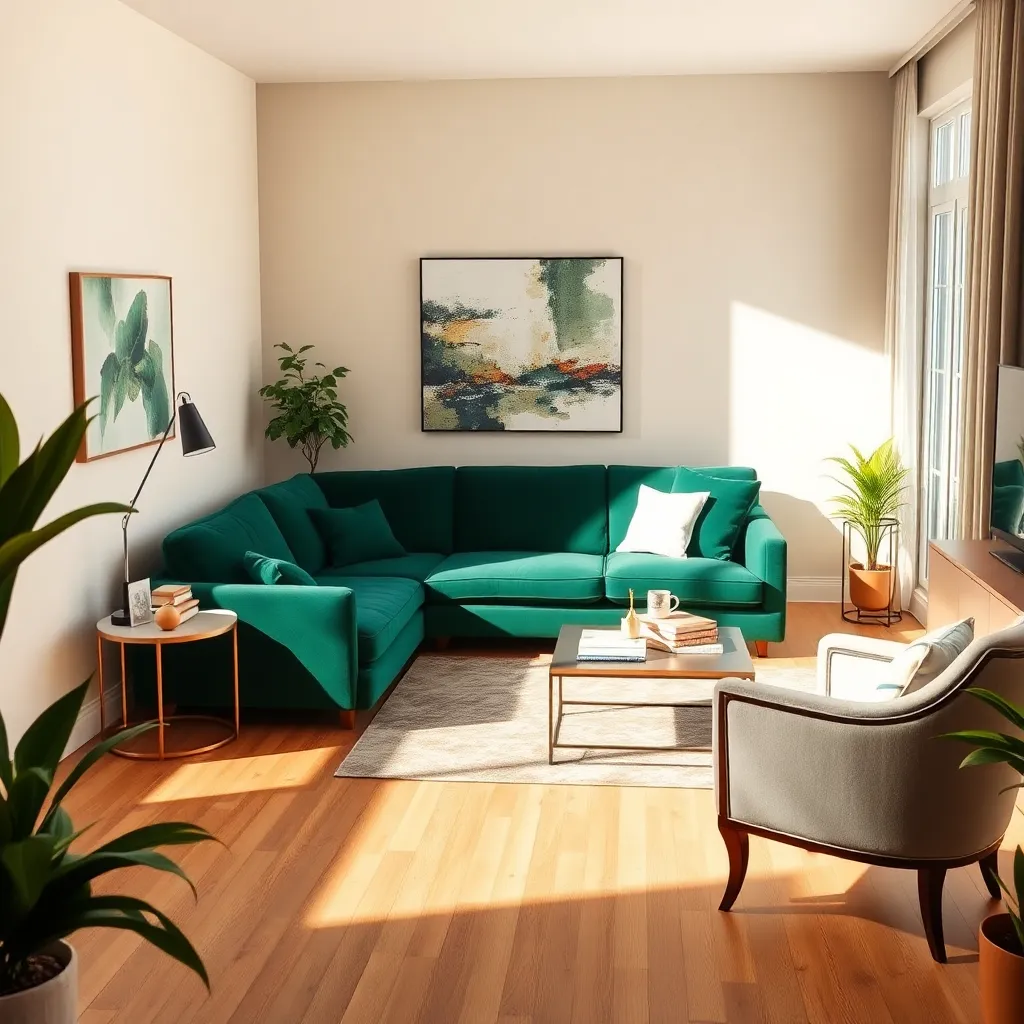
When decorating a room, it’s crucial to focus on the functional needs before diving into aesthetics. Consider the primary activities that will take place in the space and select furniture that supports these functions effectively.
For example, in a living room meant for both relaxation and entertaining, opt for a versatile sectional sofa that offers ample seating. Pair it with a set of nesting tables to provide flexibility in table space without overwhelming the room.
It’s also important to pay attention to traffic flow when arranging furniture. Ensure there is enough space for movement by placing major pieces like sofas and coffee tables at least 18 inches apart.
Lighting is another key aspect often overlooked in a room’s design. Incorporate a mix of ambient, task, and accent lighting to cater to different needs and create a balanced atmosphere.
For more advanced decorators, consider how the room transitions into adjacent spaces. Use a cohesive color palette and similar materials to create a seamless flow, ensuring that each room supports and enhances the function of the others.
Overcrowding Space with Furniture
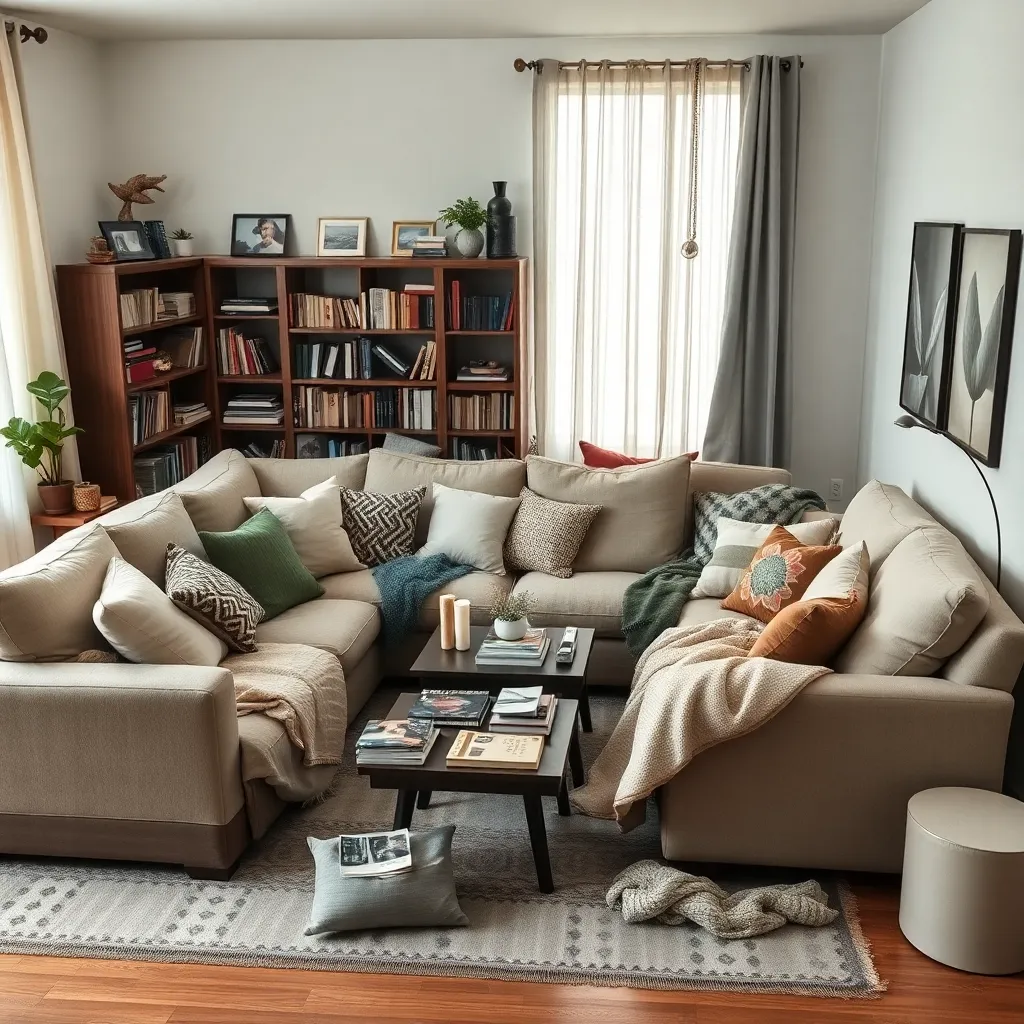
One common mistake in interior design is overcrowding a space with too much furniture. Instead of creating a cozy atmosphere, this often leads to a cluttered and stifling environment that can be overwhelming. When selecting furniture, start by considering the scale of your room. A large sectional sofa might suit a spacious living room but could dominate and constrict a smaller one.
It’s essential to leave room for movement and flow within your space. A good rule of thumb is to maintain at least 3 feet of walking space between pieces, ensuring each area feels open and accessible. Choose multifunctional furniture, such as ottomans with storage or extendable dining tables, to maximize functionality without compromising on style. This approach is particularly beneficial in small apartments or homes with limited square footage.
Color and material choices also play a crucial role in avoiding overcrowding. Opt for lighter hues and reflective surfaces to create the illusion of a larger, airier space. For those with a more advanced eye for design, incorporating transparent materials, like acrylic or glass, can offer a modern touch while maintaining visual openness. This technique helps prevent the space from feeling too dense and allows each piece to complement rather than compete with one another.
Lastly, focus on creating balance and harmony in your room layout. Use rugs and lighting to define zones, especially in open plan areas where the temptation to over-furnish can be strong. Consider furniture placement carefully to ensure that each piece serves a purpose and contributes to the overall functionality of the space. By thoughtfully curating your furnishings, you can achieve a design that is both beautiful and practical, making your home a true reflection of your style.
Choosing Paint Before Fabrics
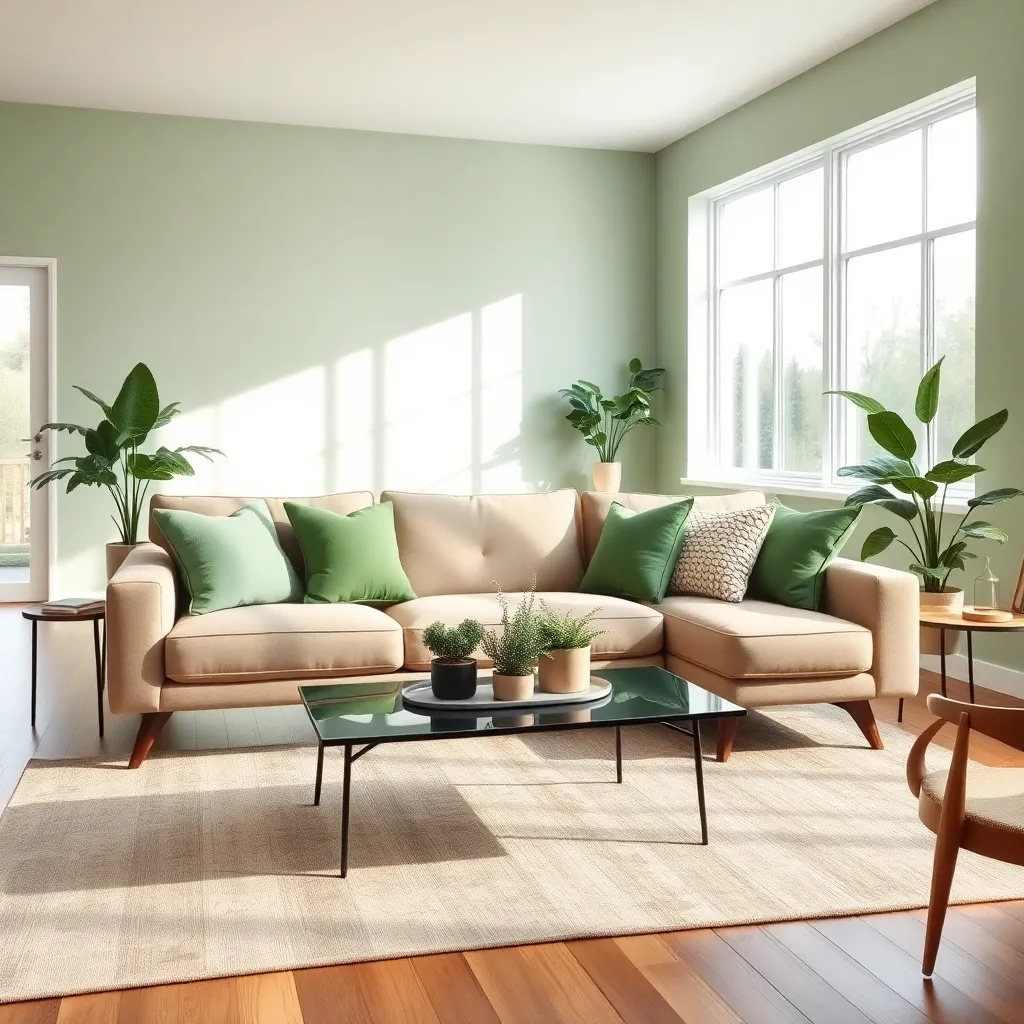
While it might seem logical to select paint colors first, this approach can limit your options when choosing fabrics and furnishings. Instead, start with fabrics like sofas, curtains, and rugs, which often offer a more limited selection of colors and patterns compared to paint.
Once you have your fabrics selected, it’s much easier to find a paint color that complements them. Paint is available in an almost endless variety of shades, making it easier to match a precise color found in your textiles.
For a cohesive look, consider creating a color palette that includes one or two dominant fabric colors and a complementary paint shade. This ensures your space feels harmonious and well-thought-out, rather than mismatched or chaotic.
Advanced decorators might explore the subtleties of texture and sheen in both paint and fabric. Pair matte paint finishes with textured fabrics for depth, or use glossy paint to highlight smooth, sleek surfaces for a modern touch.
Neglecting Vertical Space Utilization
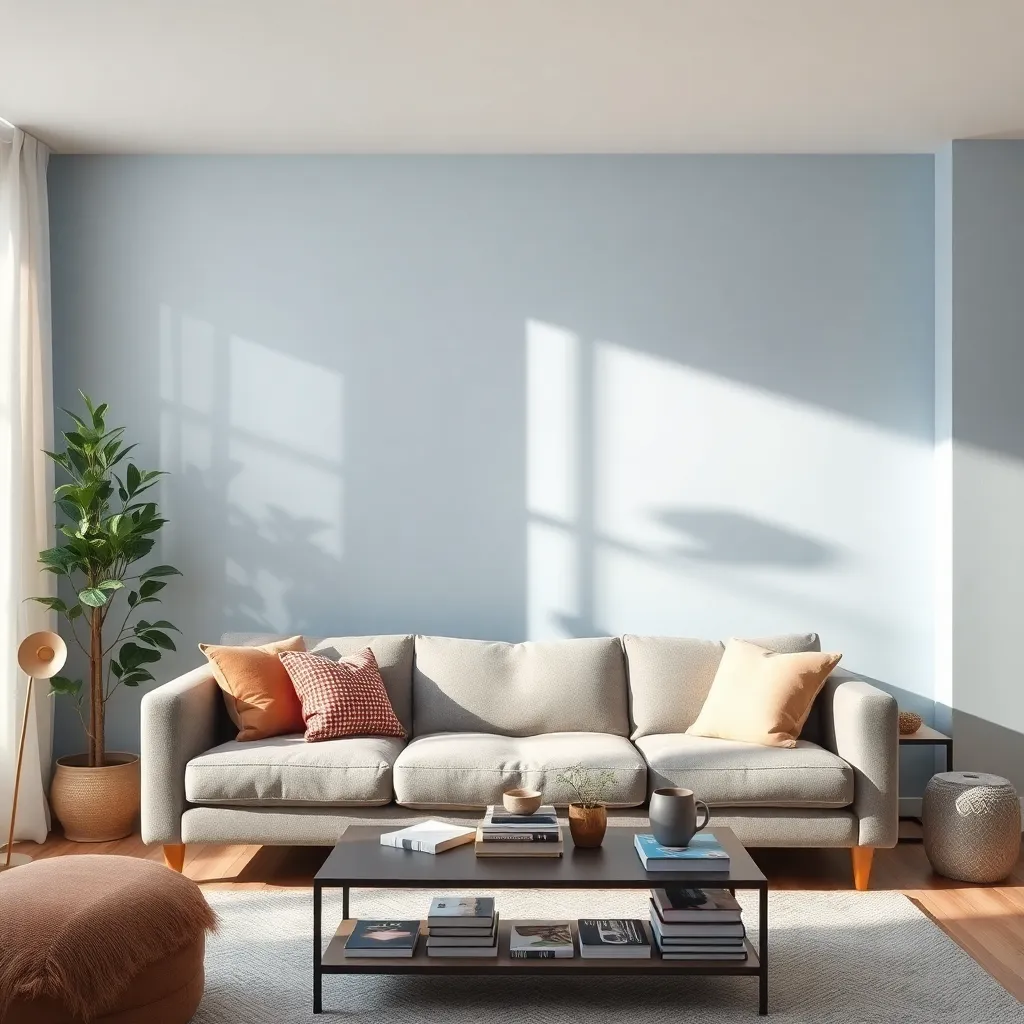
Often overlooked, vertical space offers a wealth of opportunities to enhance both functionality and aesthetics in a room. By incorporating tall bookshelves or floating shelves, you can maximize storage while also adding visual interest and height to a space.
Consider using a mix of closed and open shelving to keep the space from feeling cluttered while displaying select items for a curated look. Install shelves at varying heights to create a dynamic arrangement that draws the eye upwards, making the room feel larger.
For smaller spaces, such as apartments, floor-to-ceiling drapes can create an illusion of taller ceilings. Choose light, airy fabrics in soft colors to maintain a sense of openness and avoid overwhelming the room.
Advanced decorators can experiment with vertical gardens or hanging planters to inject greenery into their spaces. This not only utilizes vertical space effectively but also brings a touch of nature indoors, boosting the room’s vibrancy and air quality.
Mismatched Color Temperature Lighting
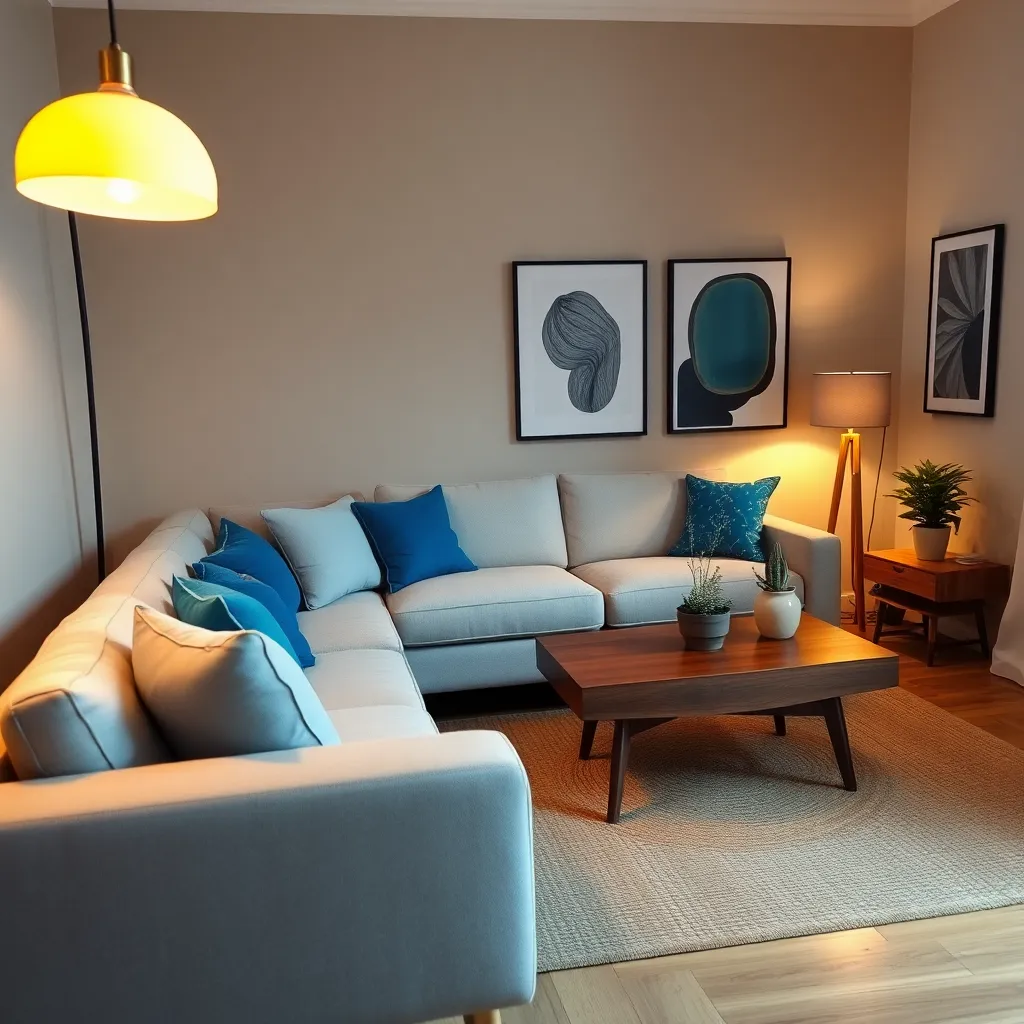
The importance of cohesive lighting in a room cannot be overstated, yet many decorators overlook the impact of mismatched color temperature lighting. Choosing the right light color temperature can dramatically affect the ambiance and functionality of your space, so it’s crucial to maintain a consistent scheme throughout each area.
Warm lighting, typically ranging between 2700K to 3000K, is ideal for creating cozy, inviting atmospheres in living rooms and bedrooms. In contrast, cooler lighting (4000K to 5000K) is better suited for task-oriented spaces like kitchens and offices, where clarity and focus are essential.
To avoid the common pitfall of mismatched lighting, consider using smart bulbs or dimmable options that allow you to adjust color temperatures according to the time of day or activity. Consistency is key, so ensure all the bulbs in a single room share the same temperature rating to create a harmonious look.
For advanced decorators, layering different light sources—such as overhead lights, floor lamps, and accent lighting—can add depth and dimension to your space. Blend warm and cool lights subtly in larger open-plan areas, ensuring that the transition between zones feels intentional and seamless.
Underestimating Storage Requirements
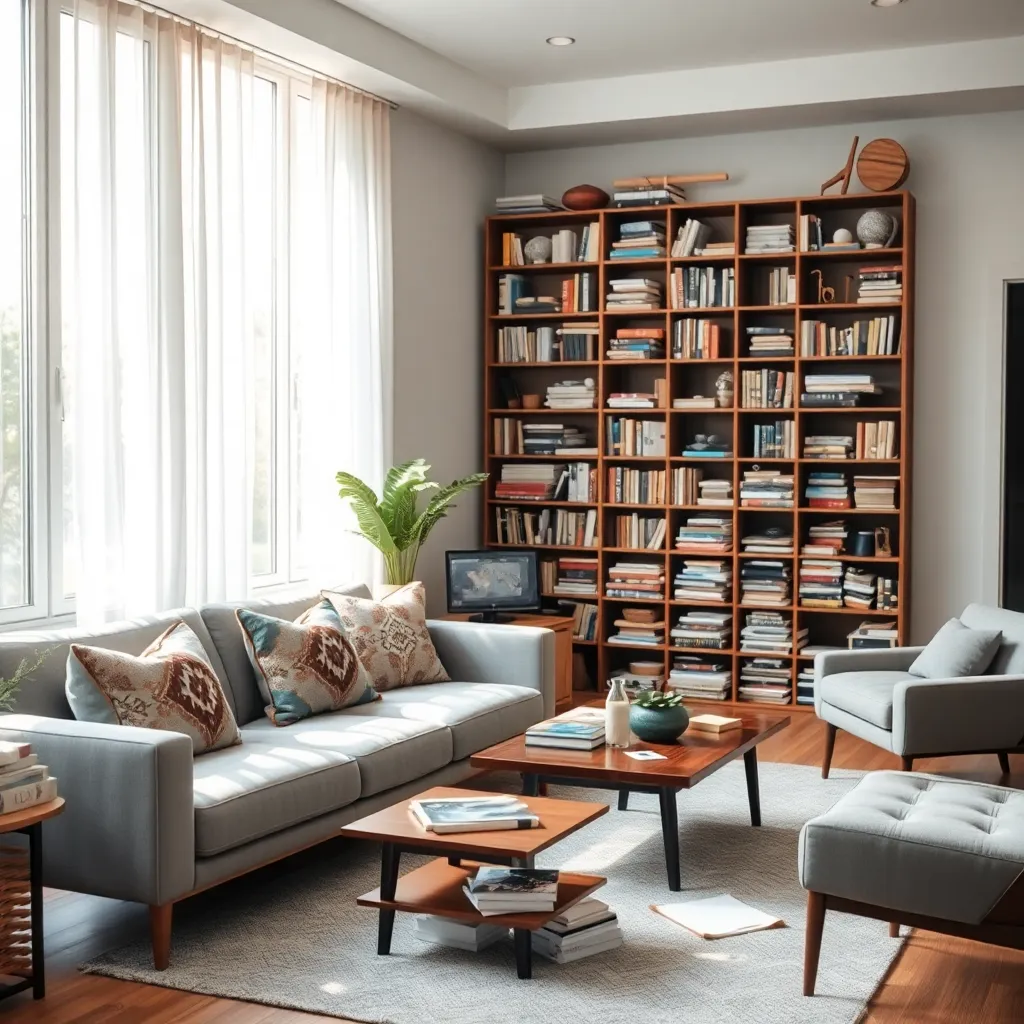
Efficient storage solutions are often underestimated in interior design, yet they are crucial for maintaining a clutter-free space. Begin by assessing your storage needs based on your lifestyle and the items you own, as this will help you make informed decisions about furniture and layout.
Consider multi-functional furniture like storage ottomans, which can provide both seating and hidden storage. Floating shelves are another great option for maximizing vertical space, allowing you to display decorative items while storing essentials.
For open-plan spaces, use furniture pieces that offer storage without overwhelming the room. A console table with drawers against a wall can elegantly store items like keys and mail, while a bookcase with varied-depth shelves can add dimension and function.
Advanced decorators might explore custom built-in solutions that blend seamlessly with the architecture of the home. Consider built-in wardrobes or window seats with storage to fully utilize available space, providing both aesthetic appeal and practicality.
Disregarding Proportion and Balance
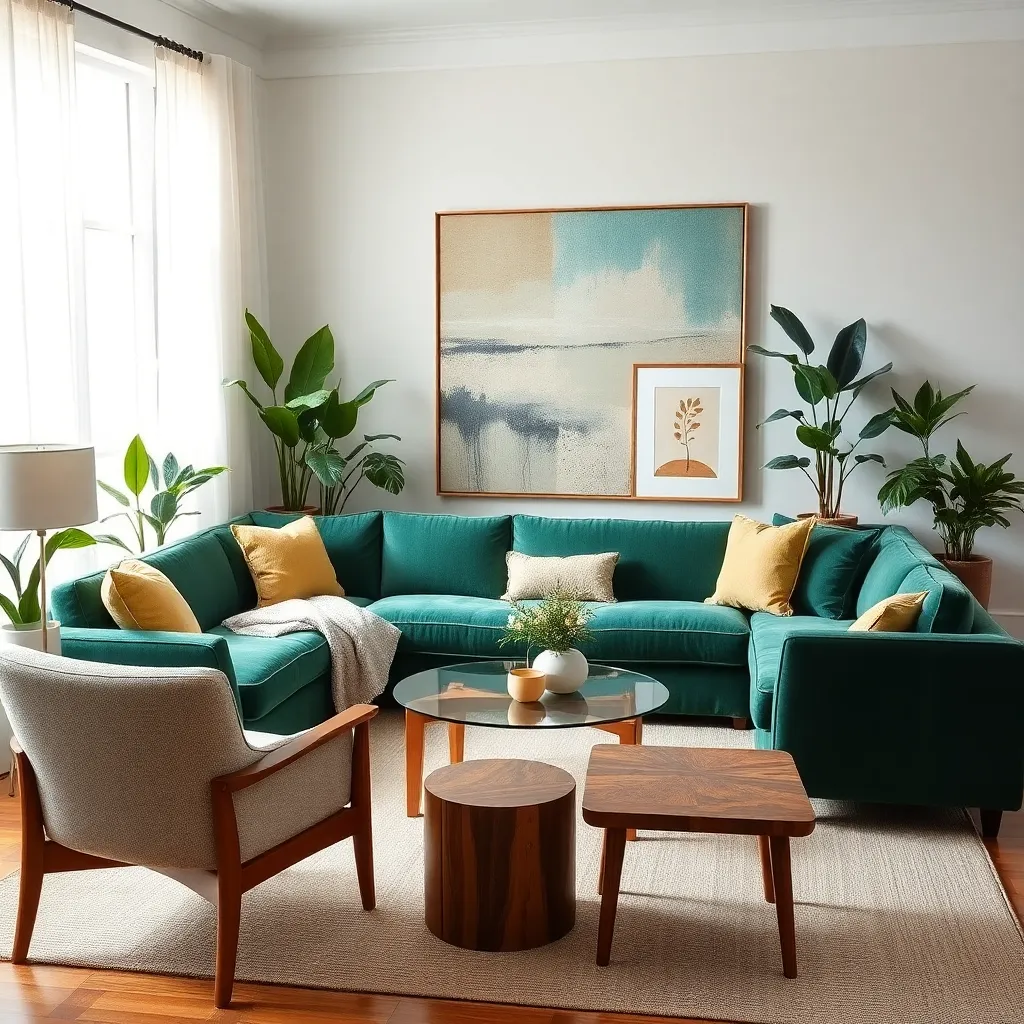
Ignoring proportion and balance can lead to a space that feels chaotic and uncomfortable. To avoid this, ensure that furniture and decor items are in harmony with the room’s dimensions and each other.
Begin by measuring your space and selecting furniture pieces that fit well within it, allowing for appropriate movement around the room. A large sectional sofa might overwhelm a small living area, while a petite coffee table can get lost in a vast space.
Consider creating a focal point to anchor the room, such as a fireplace or a large piece of artwork. Arrange furniture and decor around this focal point to create a sense of balance and draw the eye naturally.
Experienced decorators often use the rule of thirds to achieve visual interest. Divide your room into thirds both vertically and horizontally, and place key elements at the intersections to enhance balance and proportion.
Skipping Window Treatment Essentials
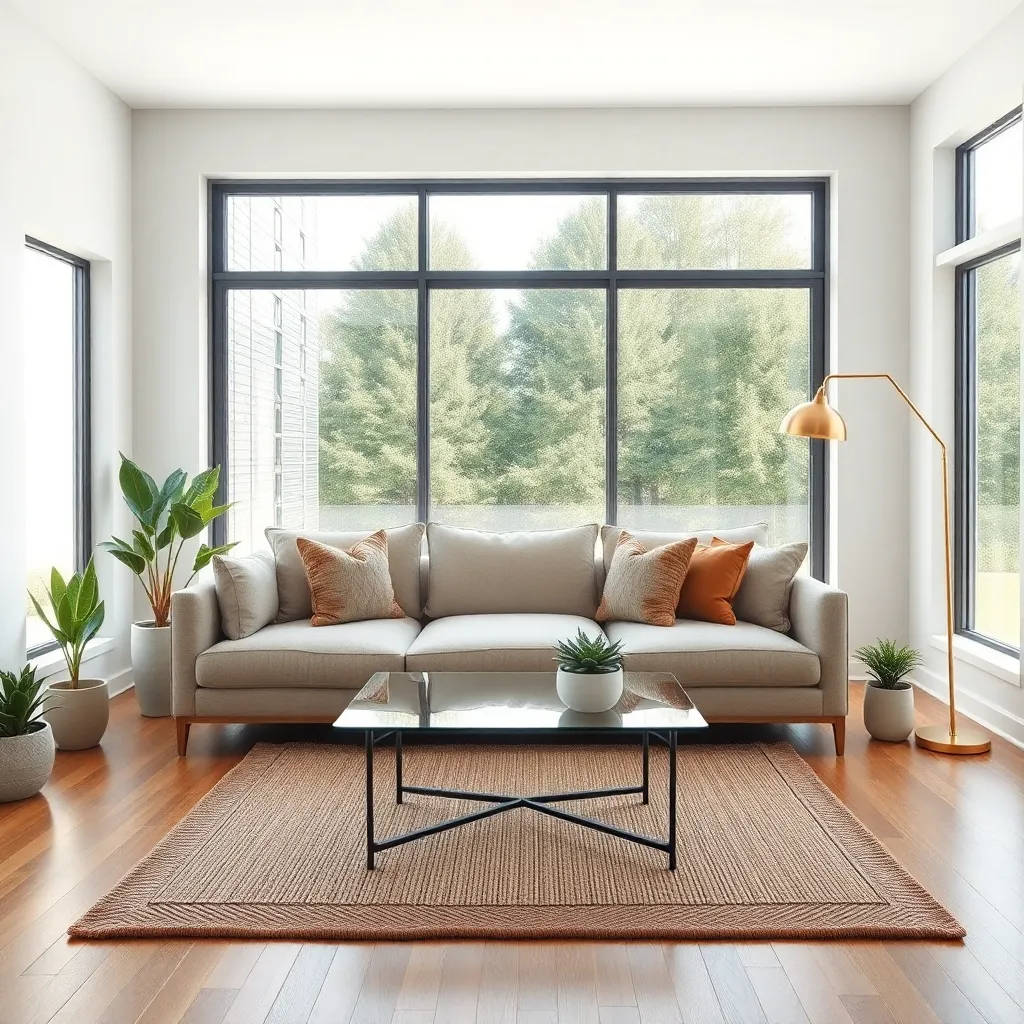
Skipping window treatment essentials can lead to a room feeling unfinished and lacking in style. A simple change like adding curtains or blinds can dramatically transform the look and feel of a space, providing both functionality and aesthetics.
Consider the type of fabric and color when selecting your window treatments to complement your existing decor. For a classic and timeless look, opt for neutral tones like beige or grey in a heavy fabric such as velvet or linen, which can add a touch of elegance and warmth.
Layering your window treatments is an advanced technique that can elevate the sophistication of your space. Try combining sheer curtains with heavier drapes to balance privacy with natural light, allowing you to adjust the ambiance throughout the day.
Ensure your window treatments are hung correctly for the best visual impact. Hang curtains higher and wider than the window frame to create the illusion of larger windows and a taller room; this trick is particularly useful in smaller spaces.
Relying Solely on Trends

While trends can be tempting, relying solely on them can lead to a space that quickly feels outdated. Instead, focus on timeless design elements that resonate with your personal style, ensuring your home remains fresh and inviting over time.
Consider incorporating a few trend-inspired pieces as accents rather than the mainstay of your design. Opt for classic furniture with clean lines and neutral colors, then add trendy elements like cushions, throws, or artwork for a modern touch.
Beginner decorators should focus on building a solid foundation with versatile pieces that can adapt to changing trends. Choose durable materials like wood, leather, and stone that offer longevity and can seamlessly integrate with various styles.
For those with more experience, explore mixing trends in unexpected ways to create a unique look. Combine different textures and materials, like pairing a sleek metal lamp with a plush velvet sofa, to add depth and interest to your space.
Poorly Defined Focal Points
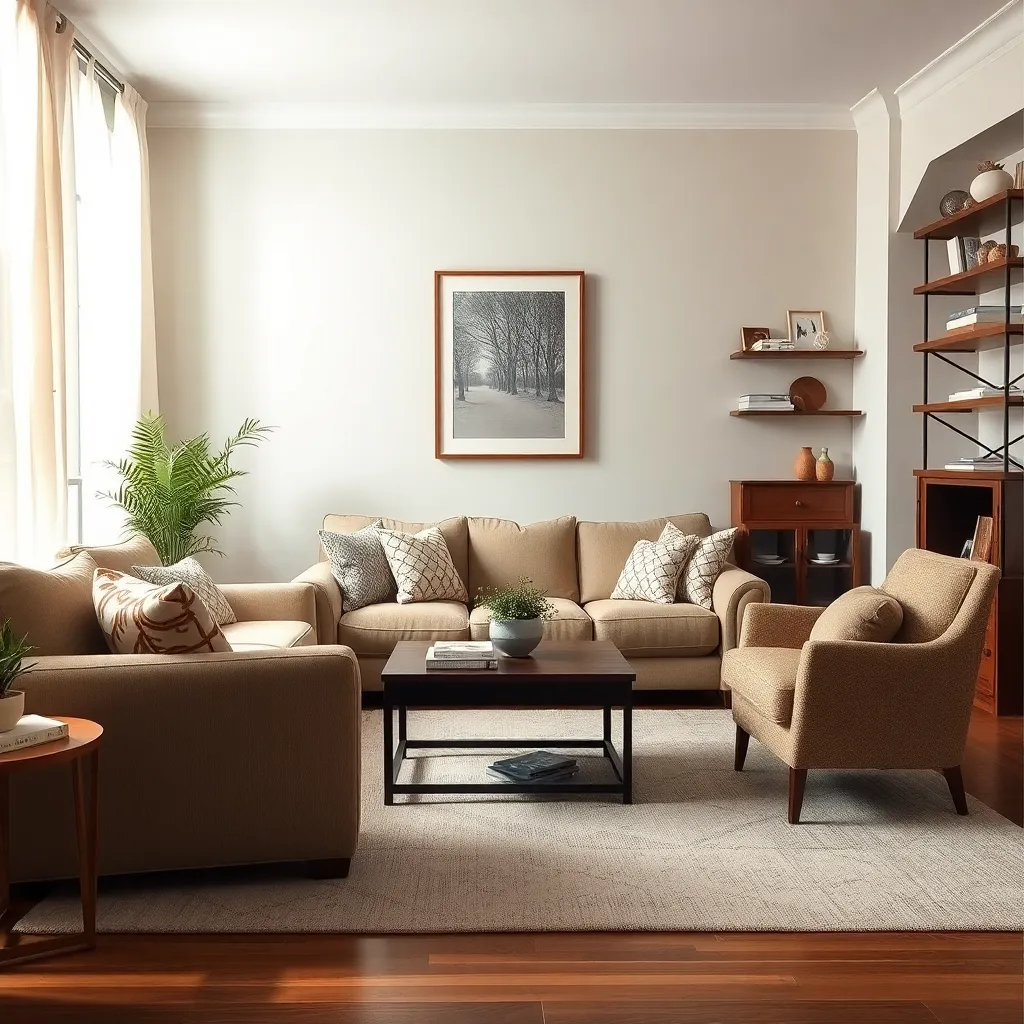
A well-defined focal point is essential for any room to have a cohesive and inviting feel. Without it, the space can appear cluttered and directionless, making it difficult for the eye to know where to rest. Begin by identifying a natural feature, like a fireplace or a large window, and build the room’s layout around it. Use furniture placement to direct attention to this feature by arranging seating to face it, or by placing a standout piece of art above it.
For spaces lacking an obvious focal point, create one using bold design elements such as a vibrant accent wall or a dramatic light fixture. Choose colors or materials that contrast with the rest of the room to make the focal point stand out. Incorporating a large piece of artwork or a striking piece of furniture can also serve as an excellent focal point. Ensure it is proportionate to the room size and doesn’t overwhelm the space.
To enhance the focal point, consider using lighting strategically. Install track lights or a pendant light that draws the eye to your chosen feature, adding both function and style. Additionally, layer your lighting with table or floor lamps to ensure the focal point remains highlighted at different times of the day. This approach not only emphasizes the focal point but also adds depth and dimension to the room.
For advanced decorators, balancing multiple focal points in open-plan spaces can be both a challenge and an opportunity. Use rugs and furniture groupings to define different areas, ensuring each has its own focal point that complements the others. For example, a central dining table can be accented with a striking chandelier, while a nearby seating area might feature a bold piece of artwork. This technique allows for a dynamic and engaging layout that maintains a sense of harmony throughout the space.
Forgetting Personal Touch Elements
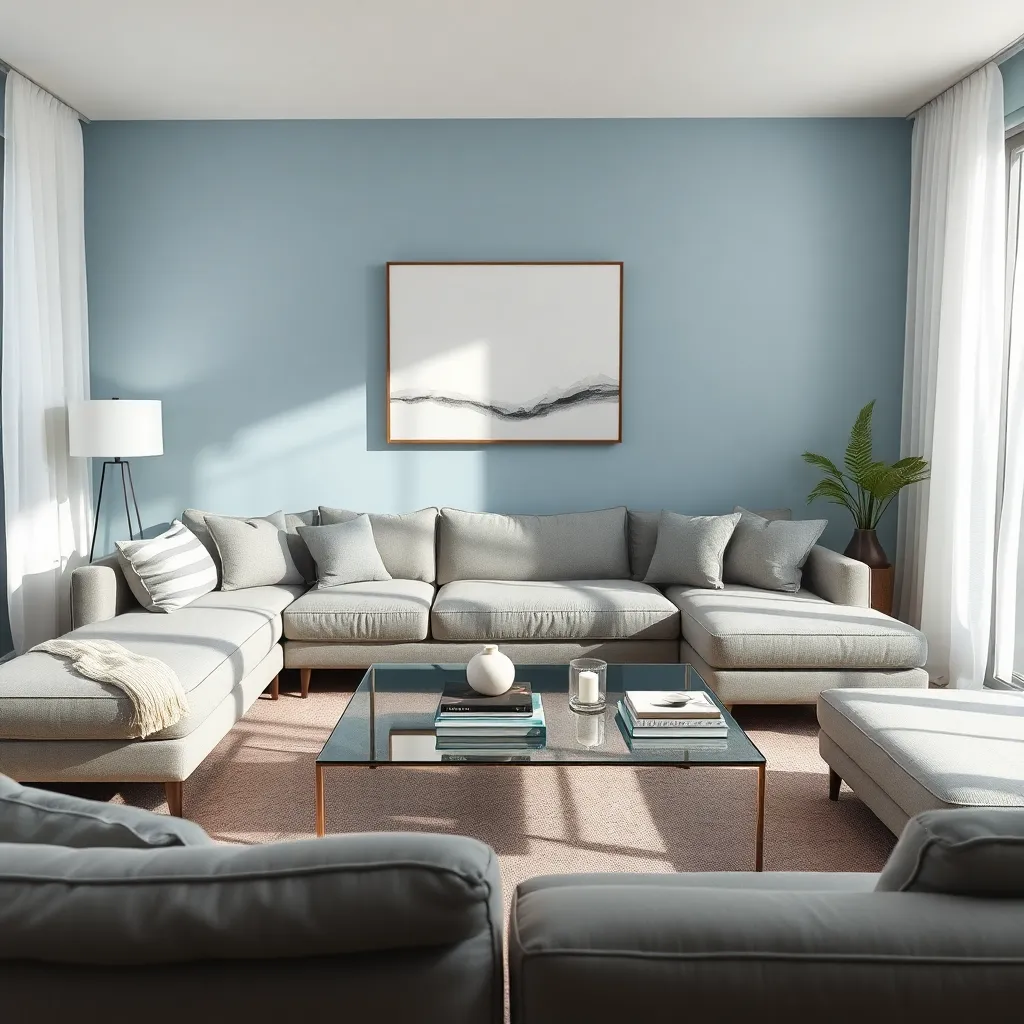
Incorporating personal touch elements into your design is crucial for creating a space that truly feels like home. It’s easy to overlook these details, but they are what make each room unique and reflective of your personality. Consider using family photos or cherished heirlooms to add a sense of history and warmth to your space. These items can be displayed on a gallery wall or as part of a curated shelf arrangement.
Another way to infuse personal elements is through handmade or custom pieces. Whether it’s a piece of furniture you built yourself or a custom painting, these additions can serve as conversation starters and add depth to your decor. Think about commissioning a local artist for a piece that speaks to you, or even creating your own DIY art project that ties into your color scheme.
Don’t forget the power of color and texture to personalize your home. Choose a color palette that resonates with you, perhaps incorporating your favorite hues in throws, pillows, or accent walls. You can also mix textures, like soft velvet cushions with rugged leather, to create a tactile and inviting atmosphere.
Finally, integrate meaningful scents and sounds to complete your personalized home environment. Scented candles or essential oils that evoke positive memories can enhance the mood of a room. Similarly, a well-chosen playlist or a favorite record playing in the background can make your space feel even more special.
Conclusion: Growing Success with These Plants
In navigating the intricate world of interior design, we’ve uncovered 11 common missteps that can inadvertently affect the harmony of your living spaces and, in turn, your relationships. From the importance of embracing personal style to avoiding the pitfalls of overcrowding and ignoring functionality, each concept serves as a building block for a home that nurtures connection. We’ve also explored the significance of lighting and color choices as mood enhancers, the need for balance between aesthetics and comfort, and the vital role of personal touches in making a space feel truly yours.
As a practical step forward, take a moment to assess one room in your home. Identify any of the discussed mistakes that might be present and think of simple changes you can make to enhance that space.
Remember, a harmonious environment fosters stronger relationships. Bookmark this article now to have these insights readily available as you transform your living spaces into havens of love and connection. With each thoughtful adjustment, you’re not just redesigning a room; you’re setting the stage for enduring relationship success. Embrace these changes, and watch your home become a sanctuary that celebrates and strengthens your bonds.
